为什么“曹冲称象”能成为英语作文热点?
“曹冲称象”的故事短小却富含逻辑,**既展示古代智慧,又契合现代STEM教育**。许多国际学校把这一典故纳入跨文化写作训练,因为它能自然引出**problem-solving、creative thinking、buoyancy principle**等关键词,帮助学生在英语语境下练习叙事与议论。
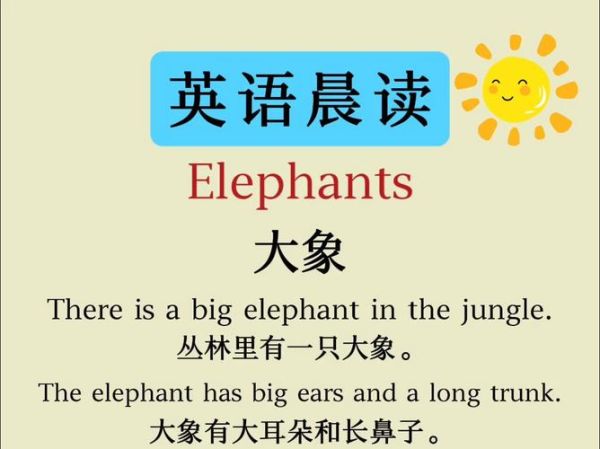
拿到题目后,如何快速确定文章类型?
自问:题目要求“tell the story”还是“discuss the lesson”? 答:若题干出现“narrative”,就用**第一人称或第三人称顺叙**;若出现“reflect”或“opinion”,则采用**夹叙夹议结构**。 **常见误区**:把故事写成流水账,却忘了点题。避免方法是**在开头段抛出冲突**,例如: “How could a six-year-old boy weigh a giant elephant without a scale?” 这样立刻抓住阅卷老师注意力。
---如何搭建三段式或五段式框架?
三段式(适合150词左右的小作文)
- Paragraph 1:Background—who, when, where, and the problem.
- Paragraph 2:Process—Cao Chong’s step-by-step solution.
- Paragraph 3:Outcome & significance—tie to modern innovation.
五段式(适合250词以上)
- Hook:引用阿基米德或牛顿的名言,引出浮力概念。
- Rising action:描述文武百官束手无策的场景。
- Climax:曹冲登场,提出“以舟量石”的方案。
- Falling action:众人恍然大悟,执行操作。
- Reflection:联系生活,如用排水法测不规则物体体积。
哪些词汇与短语能让文章更地道?
与其用“put the elephant on the boat”,不如写:
- ferry the elephant onto a flat-bottomed barge
- mark the waterline with a dab of paint
- heap the vessel with stones until it sinks to the identical draft
- deduce the pachyderm’s mass by summing the weights of the stones
这些表达**兼顾动词精准性与名词多样性**,瞬间提升语言档次。
---如何自然融入学科知识而不显生硬?
自问:怎样把“浮力=排开液体重量”写进故事? 答:在描写曹冲观察水面时插入一句:
“He noticed that the buoyant force equaled the weight of the displaced water, a principle later formalized by Archimedes.”
这样既**补充科学背景**,又**避免大段科普打断叙事节奏**。
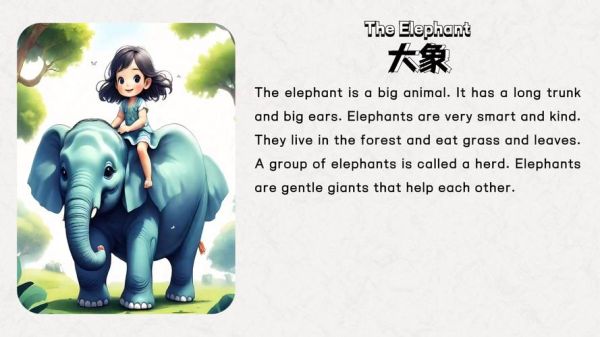
高分句型与连接词示范
| 功能 | 模板句 |
|---|---|
| 转折 | While courtiers suggested brute force, Cao Chong opted for ingenuity. |
| 因果 | Consequently, the total mass of the stones mirrored that of the elephant. |
| 递进 | Moreover, his method prefigured the modern technique of hydrostatic weighing. |
| 让步 | Though merely a child, he outshone seasoned ministers. |
常见语法陷阱与修正方案
- 时态混乱:故事主体用一般过去时,议论部分用一般现在时。
- 主谓一致:a crowd of officials was puzzled。
- 冠词误用:the elephant(特指孙权送的象),an elephant(泛指任何一头象)。
实战演练:150词范文
Prompt: Narrate how Cao Chong solved the problem of weighing an elephant.
When the envoy from Wu presented a colossal elephant to Cao Cao, the warlord challenged his advisers to determine its weight. Scales large enough did not exist, and killing the beast was unthinkable. Six-year-old Cao Chong stepped forward and asked for a sturdy barge. He first ferried the elephant onto the boat and marked the waterline. After removing the animal, he ordered soldiers to load stones until the vessel sank to the same mark. By weighing the stones piecemeal and summing the results, the court obtained the elephant’s exact mass. Astonished, Cao Cao praised his son’s ingenuity, proving that wisdom is not bound by age.---
如何升华主题,写出“国际范”结尾?
自问:除了“聪明”,还能提炼什么价值观? 答:**systems thinking**与**resourcefulness**。示例:
“Centuries later, engineers still echo Cao Chong’s logic when they calibrate aircraft by measuring fuel displacement. The tale reminds us that the simplest tools, guided by sharp observation, can solve the heaviest problems.”---
检查清单:交卷前30秒
- 首段是否出现problem statement?
- 是否至少用了三个高级动词(ferry, heap, deduce)?
- 结尾是否跳出故事,**联系当代**?
- 字数是否**超标或不足**?
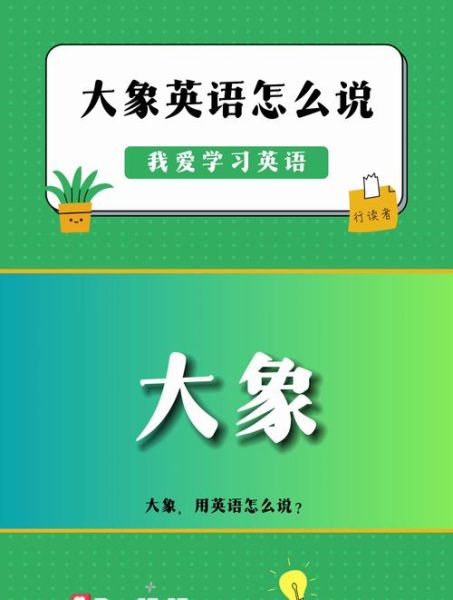

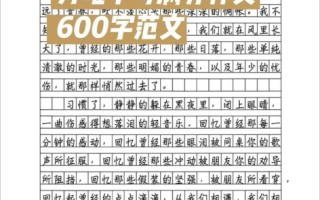
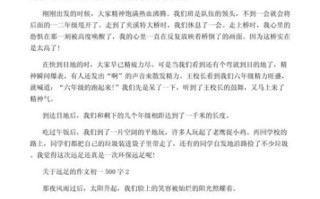
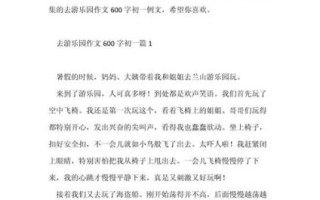
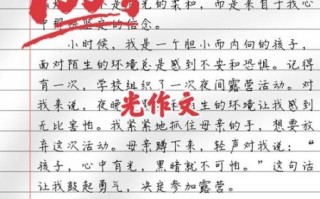
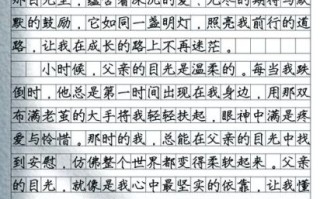
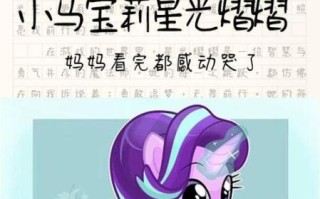
还木有评论哦,快来抢沙发吧~